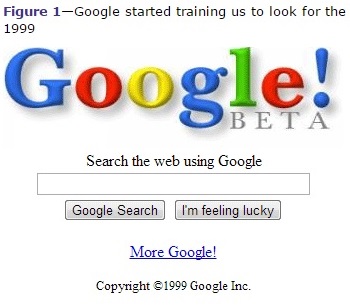E-forms have benefits, but so do paper forms. To have a successful e-forms project, you need to choose the appropriate level of e-form. This 2010 talk to the International Professional Communication Conference also describes several indicators of e-forms project success.Continue reading… Online forms: saving work or causing stress?
Category: Design
The question protocol: how to make sure every form field is necessary
What is a question protocol? A question protocol is a tool for finding out which form fields are required. It lists: every question you ask who within your organisation uses the answers to each question what they use them forContinue reading… The question protocol: how to make sure every form field is necessary
Tips for designing complex forms, UPA2010
From tax returns to lasting power of attorney, some forms present both designers and users with a huge number of challenges. In this presentation to the 2010 Usability Professionals’ Association Conference, I highlight some of the pitfalls of designing complex forms –Continue reading… Tips for designing complex forms, UPA2010
Embedded links and online reading accessibility
At the 2010 Society for Technical Communication conference in Dallas, Whitney Quesenbery and I were interviewed about the feasibility of removing links embedded directly within paragraphs. These have been described as “exit points” that confuse and disorient low-literacy readers. The interview wasContinue reading… Embedded links and online reading accessibility
Label placement in forms and other time-consuming forms controversies
A presentation on Label placement in forms, at the Technical Communication Summit, the 56th Annual Conference of the Society for Technical Communication, Dallas, US, May 2010. Amongst the time-consuming controversies we look at are left and right alignment, labels aboveContinue reading… Label placement in forms and other time-consuming forms controversies
Surveys That Work: Using Questionnaires to Gather Useful Data, Seattle 2010
This presentation to the Society for Technical Communication 2010 conference in Seattle, US, compares survey processes and looks at some of the detail of designing surveys – including how to avoid survey error. Surveys That Work: using questionnaires to gatherContinue reading… Surveys That Work: Using Questionnaires to Gather Useful Data, Seattle 2010
Avoid putting a reset button on your web forms
The history of RESET HTML 2.0 appeared in 1995. At that time, I was working in usability of forms – and I still am. But I didn’t have email or an internet connection. So I think it was remarkably niceContinue reading… Avoid putting a reset button on your web forms
Label placement in forms – and other time-consuming controversies
A presentation on label placement in forms, for the Technical Communication Summit in Seattle, April 2010. Amongst the time-consuming controversies we look at are left and right alignment, labels above and below fields, how to handle required fields, colons, andContinue reading… Label placement in forms – and other time-consuming controversies
Search is now normal behaviour – what do we do about that?
What information do visitors search for? What are “good” search results? What are the differences between internal search and external? How do users interact with the Google results page? And what does all of this mean for website design? ReportingContinue reading… Search is now normal behaviour – what do we do about that?
Helping a user choose from a very large list
Sometimes it is necessary for users to select a precise entry from a very large list. For example, one client described the need (for compliance purposes) to have users choose an ‘Occupation’ code from a list of almost 1000. SheContinue reading… Helping a user choose from a very large list










